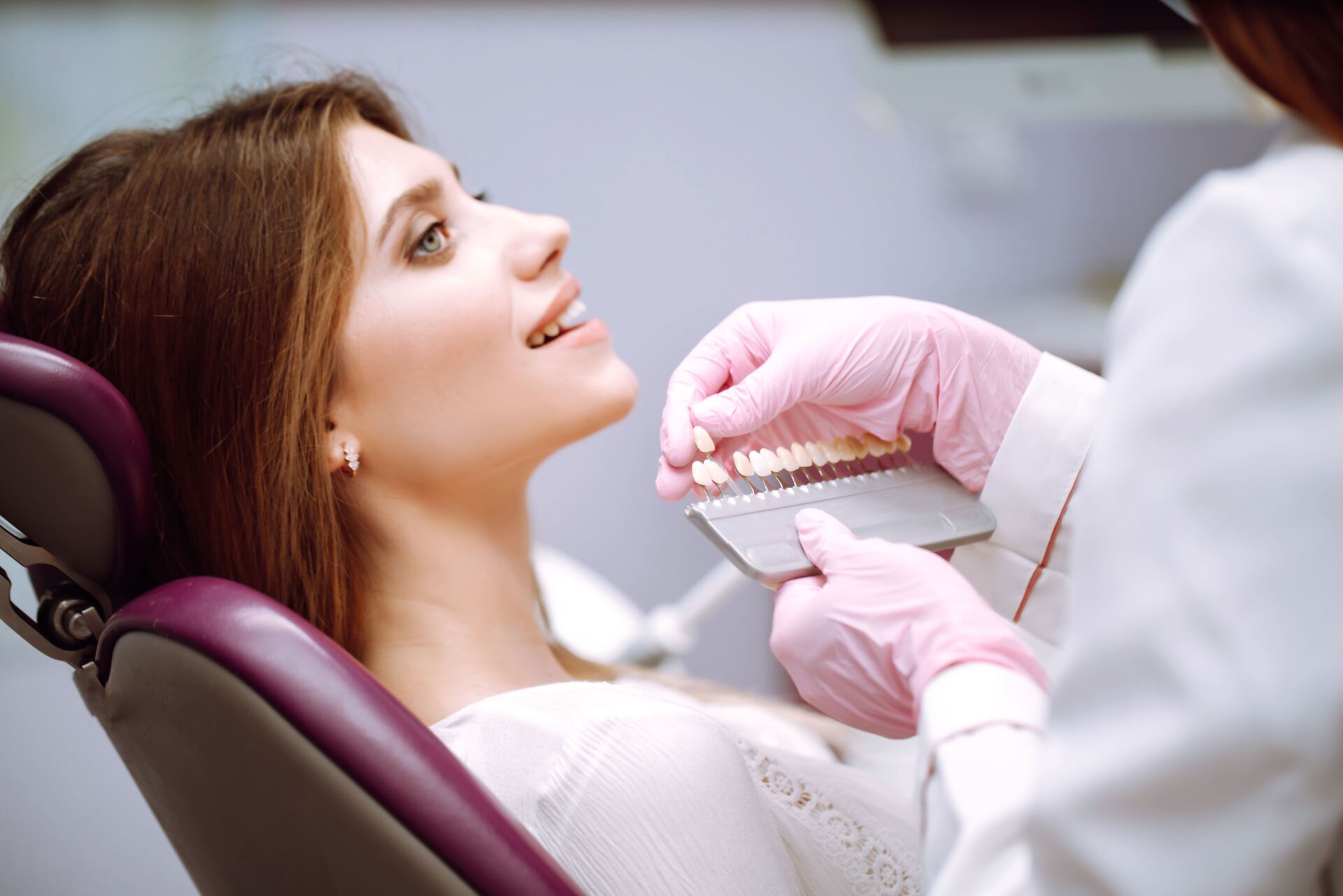When you have temporomandibular joint disorder (TMJ disorder), it can sometimes feel like everything hurts. From your jaw to your ears, teeth, head, neck and even back and shoulders, pain from TMJ disorder can radiate throughout your upper body and disrupt your whole life. But how can you get relief in your back if the pain is coming from your jaw? Believe it or not, studies have shown that while the pain you may be feeling in your back is directly connected to your jaw, there may be more to it than that – it could be your posture!
According to the American Posture Institute, studies have shown that by correcting the position of the head and the cervical spine, you can in fact eliminate or greatly reduce some of the body pain associated with TMJ disorder. The institute posits that correcting the posture is a key component – along with neuromuscular dentistry and relaxation techniques – to correcting TMJ dysfunction. Here are some of the posture cues you should look out for:
Protruding Neck.
If your neck protrudes forward instead of remaining aligned with the shoulders, you could be adding unnecessary strain to the muscles in the back of your neck, which in turn can add pressure to the nerves and muscles of the neck, head and jaw, making your TMJ disorder symptoms more painful.
Rounded Shoulders.
Do your shoulders turn inward and down, creating a hunched back? If so, you could have unstable sternoclavicular joints. This could be putting extra pressure on your jaw and exacerbating your TMJ disorder.
So, what can you do if you suffer from TMJ disorder pain and want to address your posture? For starters, speak to Dr. George. If you haven’t already had a consultation to discuss TMJ disorder, schedule an appointment today. If you are undergoing treatment for TMJ disorder or have undergone treatment in the past, speak to Dr. George about which, if any, types of posture modification would work best for you. Give us a call at 724-220-2347 today.



